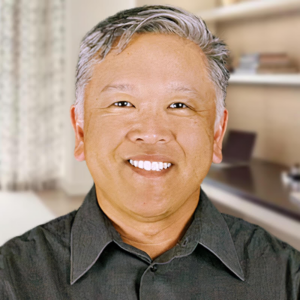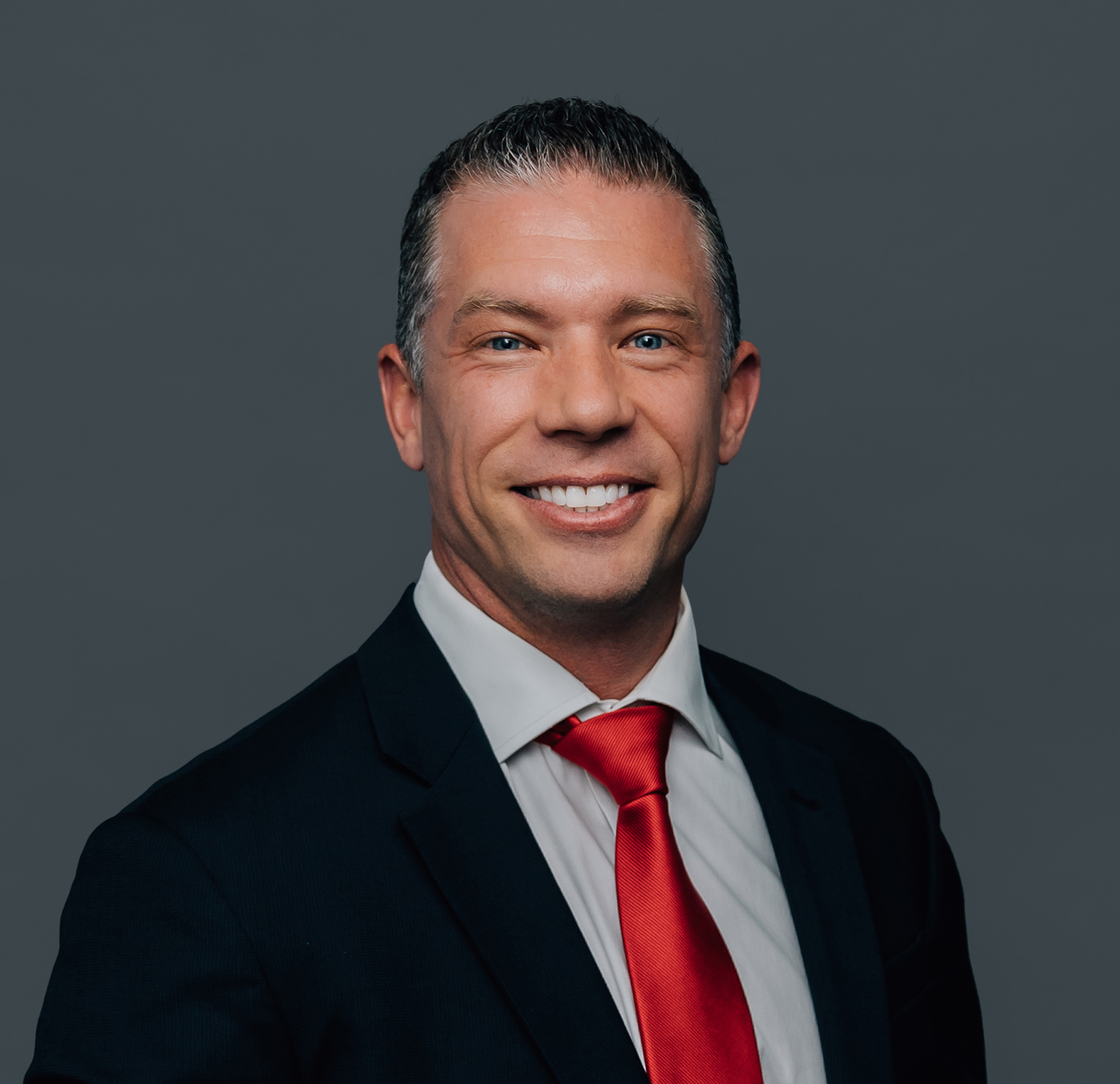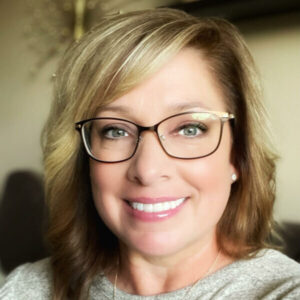The average price buyers are paying for dental practices is going up. My research shows the 15-year nationwide average for general dental practices is hovering slightly above 76%, with many major metro areas consistently selling high-producing, high-profit-margin practices for 90%+ of prior year collections.
The reactions are predictable.
Dental practice sellers: “Yay! We’re going to be rich(er)!”
Dental practice buyers: “Boo! Why didn’t my dental school warn me about this?”
True to human nature, when a problem pops up those negatively affected search for a party to blame. So…naturally, DSOs become a hiss and a byword.
“It’s those EVIL private equity-backed DSOs that are snapping up practices for higher and higher prices! Let’s trash talk them on Facebook.”
While I think there may be a kernel of truth to the argument that an increase in demand will naturally have some upwards effect on price, I don’t think DSO buying is as big a factor as many dentists fear.
The headline multiples that DSOs often pay for a practice lead some people to believe they’re willing to pay a higher price, thus driving up the prices for everyone. It’s true that brokers will often have two prices listed for practices for sale – one (higher) for DSOs and another (lower) for private parties.
However, the key fact omitted from that talking point is the common practice of requiring the selling doctor to continue working in that practice, often for several years, at reduced compensation. Thus, the calculated price including the imputed lower doctor compensation following the transaction date is often lower than a simple walk-away transaction between buyer and seller.
However, the much more prevalent and overlooked factor in why prices are rising in dental transactions is a simple fact that banks are willing to lend more to buy a practice today than they were previously.
In the past, banks had a soft ceiling on the maximum amount they would lend of 85% of prior year collections. There was some wiggle room with that number, but it held pretty steady for a relatively long period of time.
In the last few years, however, banks have increased their threshold from 85% to 100% of prior year collections, effectively raising the cap on dental practice prices.
Some dental loan startups entered the market a few years back and needed to find a way to differentiate themselves relative to bigger banks with a majority of the market share. One way they did that was to agree to fund practice purchases above the old 85% of prior year collections rule.
Recently, the big banks have responded by increasing their limits to 100% of prior year collections (assuming positive cash flow for the buyer.)
And with 38% profit margins the average (with many dental practices higher than THAT), buyers can afford it! Sellers can reasonably hold out for higher asking price offers because they know that the hit to annual cash flow to a buyer is relatively small. With more buyers than sellers in most markets, sellers are doing just that – holding out for the maximum price a bank will be willing to lend.
Thus, prices are going up.
Another way to phrase this thesis in plain English is to say the following: dental practices have been so consistently profitable for so many years that banks are willing to okay a slightly higher price and take on a little more risk on a dental practice loan with a buyer because they know they’ll still get paid back.
Anecdotally, I see this hold true with buyers I work with all over the country. Some brokers are so predictable that I used to be able to see last year’s collections, multiply that number by 85% and tell you within a few hundred dollars the asking price regardless of the underlying strength of the practice. These days, 85% in many markets is the floor price and if the practice has good overhead numbers, I know that the broker will have a higher asking price.
Feel like this isn’t fair? Mad that no one told you about this before you got into dental school?
That’s a reasonable response. Not very helpful, but reasonable.
The only reasonable thing I can suggest doing at this point is, if you’re a future buyer of a practice, shift your mindset to the realization that you’ll have to be much more business-focused than the last generation of dentists.
The cost of buying into the ownership game is going up. You will probably pay more for a practice than dentists 5 or 10 years ago. But the true cost is that you’ll not only need to be a good clinician, you will also need to step up your business skills to do well.
—————————————————————
Read more below about how to buy a dental practice because good advice is important!
Dental Practice Prices 2019: How Much is My Dental Practice Worth?
What to Do After Signing the Letter of Intent
This is How Many Banks You Should Shop For When Getting Your Dental Loan






